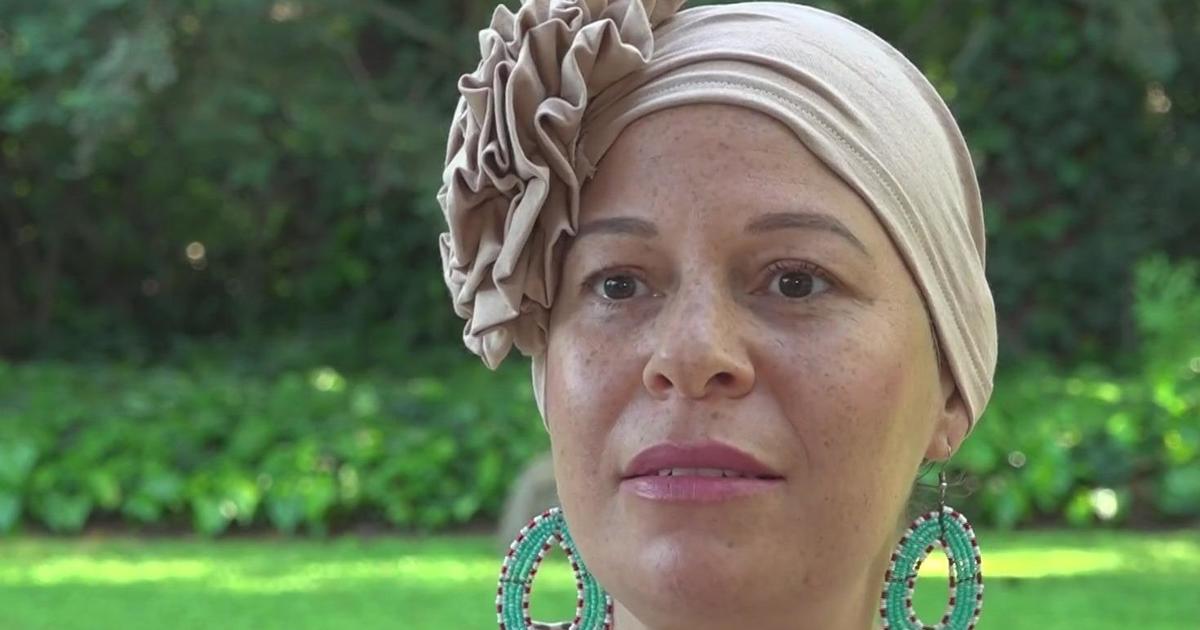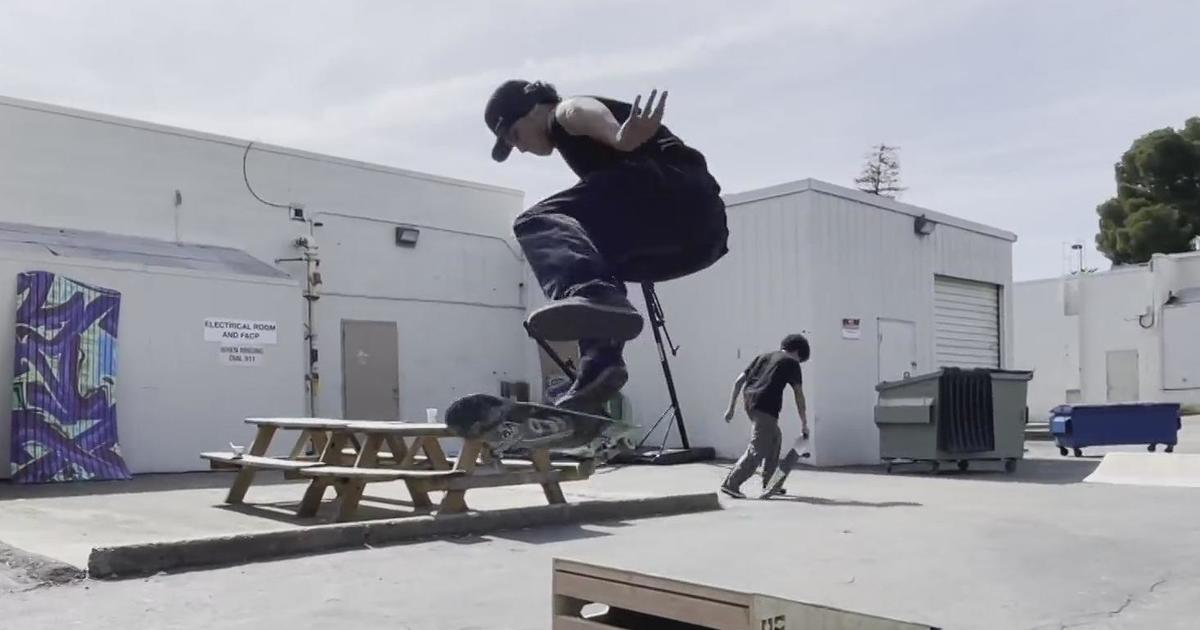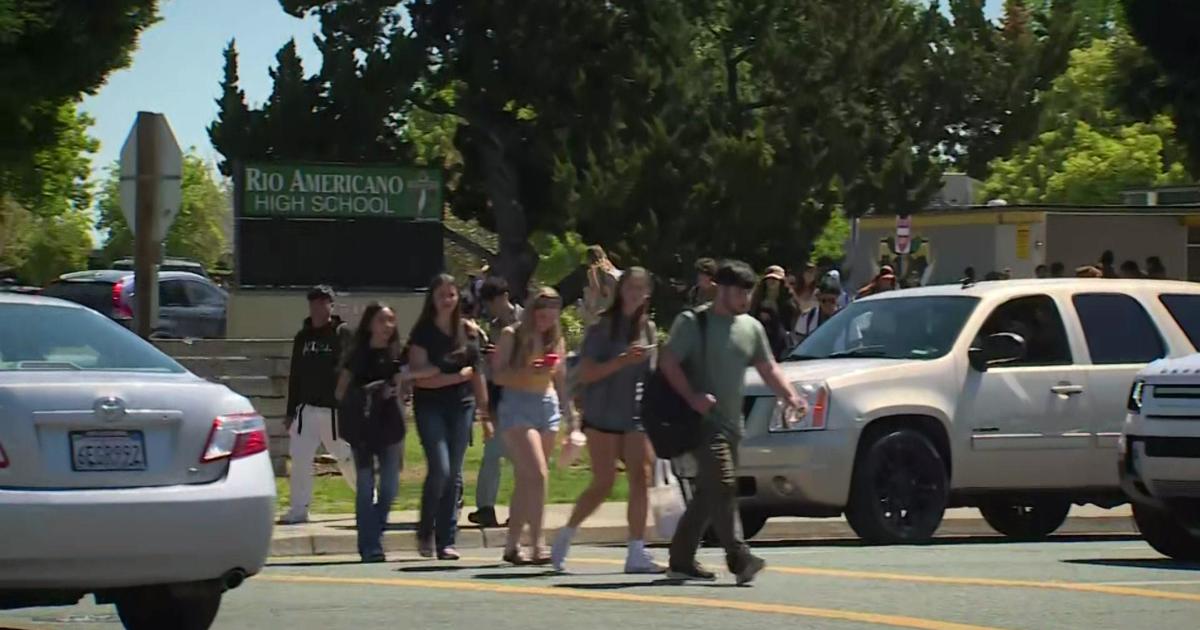Fight Against Human Trafficking Extends To Hospitals
SACRAMENTO (CBS13) - The victims of human trafficking often pass right by us and no one knows and no one helps.
In fact, a high percentage of sex trafficking victims go to a doctor or emergency room while they're actively being tracked, and before doctors didn't know what to look for.
But now a pilot program through Dignity Health is training doctors and medical professionals to know the signs and act.
Sacramento family physician Dr. Ron Chambers says this training will help guide doctors and medical staff to ask the right questions
"There's not many people in the community that interact with a trafficking victim while they're being trafficked, we have that rare opportunity so we need to know what to do with it," he said.
Dr. Chambers has been heavily involved in the research and effort to fight human trafficking - which refers to the use of force or coercion to engage victims in sex or labor services against their will.
Within the past year, he and others at Dignity Health have helped develop a specialized training that's being rolled out throughout 39 hospitals, aimed at recognizing the tell-tale signs that he says have been missed in the past.
"We're seeing patients that we saw in the past, that I can look back at their medical records and I can see that we saw them and we missed it," he said.
Clinical coordinator Carlton Hall says he never thought to look for these signs, but now it's part of his normal patient assessment.
"We're looking for signs of abuse, signs of guarding, not wanting to answer questions in front of another person, and when we see that, it raises a red flag for us," said Hall.
According to a 2014 report from the Annals of Health Law, 88 percent of sex trafficking victims end up in ERs and clinics at some point while they're actively being trafficked.
Often times they go to the doctor with their pimp or trafficker posing as a relative.
"I was a victim of human trafficking when I was 13, I was kidnapped and trafficked across state borders," said Sawan Vaden.
Vaden of Oak Park was a runway at the age of 13-and was soon introduced to prostitution in Sacramento.
She says she wishes this medical training was around when she was being abused.
"There were times that it was absolutely horrendous, times that I felt I was going to die, and came close to death, and there were times that I went to the hospital and no one thought to ask me a question-- ask me, are you ok? is something going on? is he chasing you? I would have loved to have that," said Vaden.
Dr. Chambers breaks down some of the signs. For instance, tattoos are a warning sign - like a crown over a guy's name in the shoulder and neck region.
"Another common one is daddy's little girl, or daddy's little princess," he added.
Dr. Chambers says texting at inappropriate times is also very telling.
"You know we're doing a pelvic exam on a patient and they're texting and in the past, I would have thought, that's odd, maybe new generation. But their pimp may be outside and might be telling them you need to text me every two minutes so I know what's going on, as a control mechanism," said Chambers.
Other signs commonly missed are people who don't make eye contact, people that aren't in control of their documents, or have someone else controlling the conversation.
Sex trafficking has become a huge problem in our communities.
Many think it's not happening around them but it is. Much of the trafficking happens on illicit websites and in hotel rooms and often involves transporting victims across state or international borders.
The average age of children being forced into sex trafficking in the U.S. is 13, but Dr. Chambers says in the Sacramento region, he's seeing it start as young as five years old.
WEB EXTRA: What is Sawan Vaden Doing Now?
Dr. Chambers is pushing this training in Dignity Health's residency program, where doctors are just starting their careers.
"This training has been very crucial in allowing me to take a step back and see the situation and say what's going on here?" said Medical resident Sarah Chaffin.
The goal is to train medical staff to approach victims they spot in a way that's safe for the patient and the staff member.
"What we want them to know is that they are in control of when and how we intervene, and this is a safe place, they can come back today, tomorrow, as long as they know this is a safe place, and we're gonna help them when they're ready," said Chambers.
Dignity also offers a safe haven clinic where trafficking victims can be treated as part of their road to recovery.
We asked, is there a sign that the average person, outside a medical office, can look for to spot a trafficking victim?
Sawan Vaden says, "if you ever see a young girl with an older gentleman and she's very reserved, she's always looking straight or looking down, she's not observing her scenery like a normal person would, she's just focused then there's something up with that."
She says if you see something say something to authorities.
Vaden is now a single mother of two and a human trafficking case manager at the non-profit Community Against Sexual Harm in Oak Park that offers a number of services for women who have been commercially sexually exploited.
She hopes this training will spread and save lives.
"There are so many women and young girls that get overlooked and go right back into the hands of danger, and to know that may be prevented is awesome," said Vaden.
Meanwhile, Dr. Chambers has been speaking at a number of national conventions - pushing to make this a required training for staff at hospitals around the country.
He says the real game changer would be to get this training into residency programs where doctors can be educated early on.



